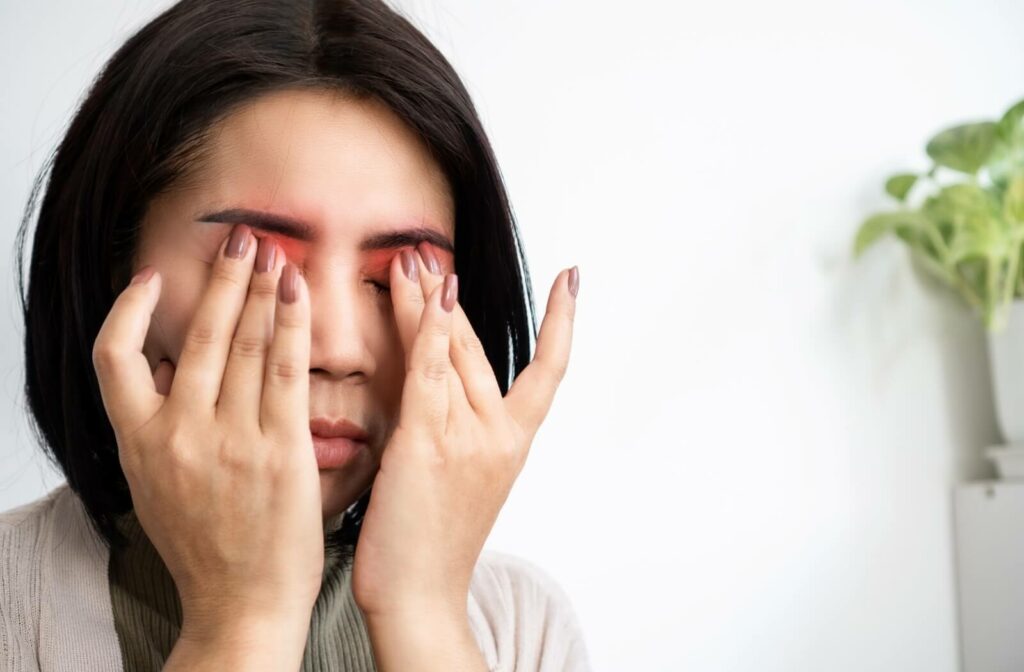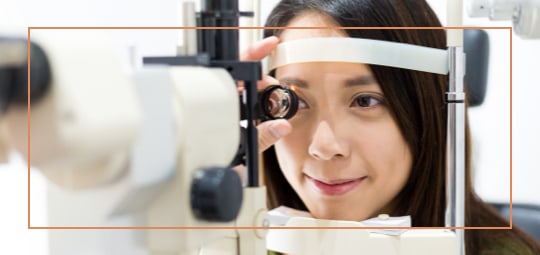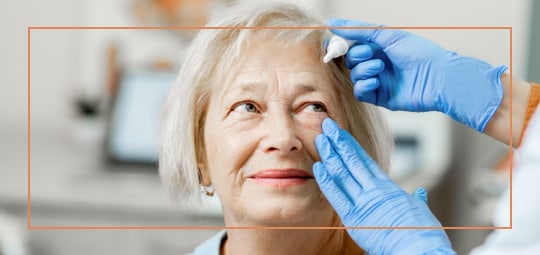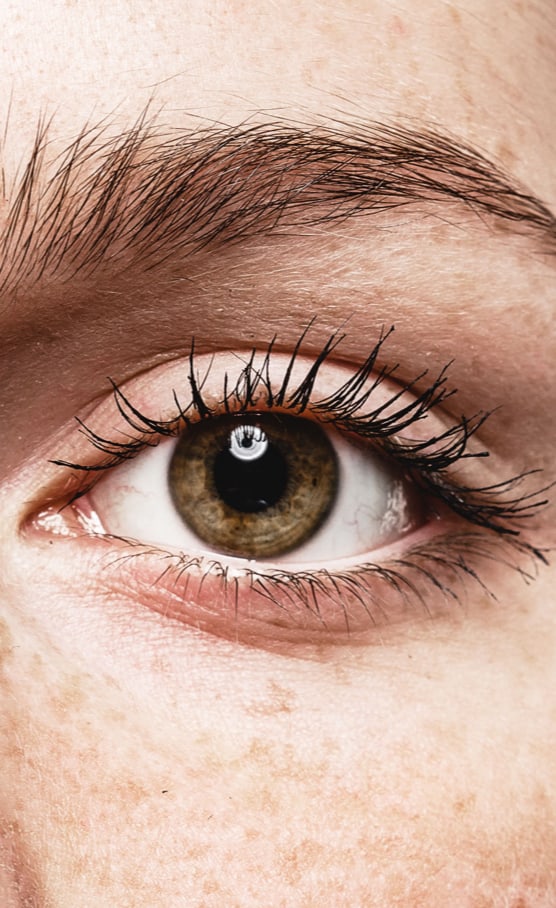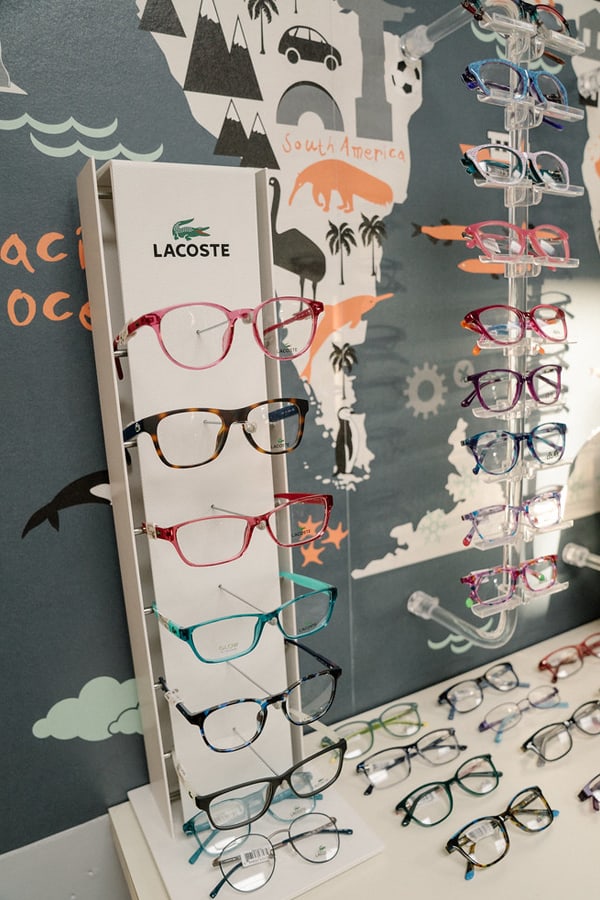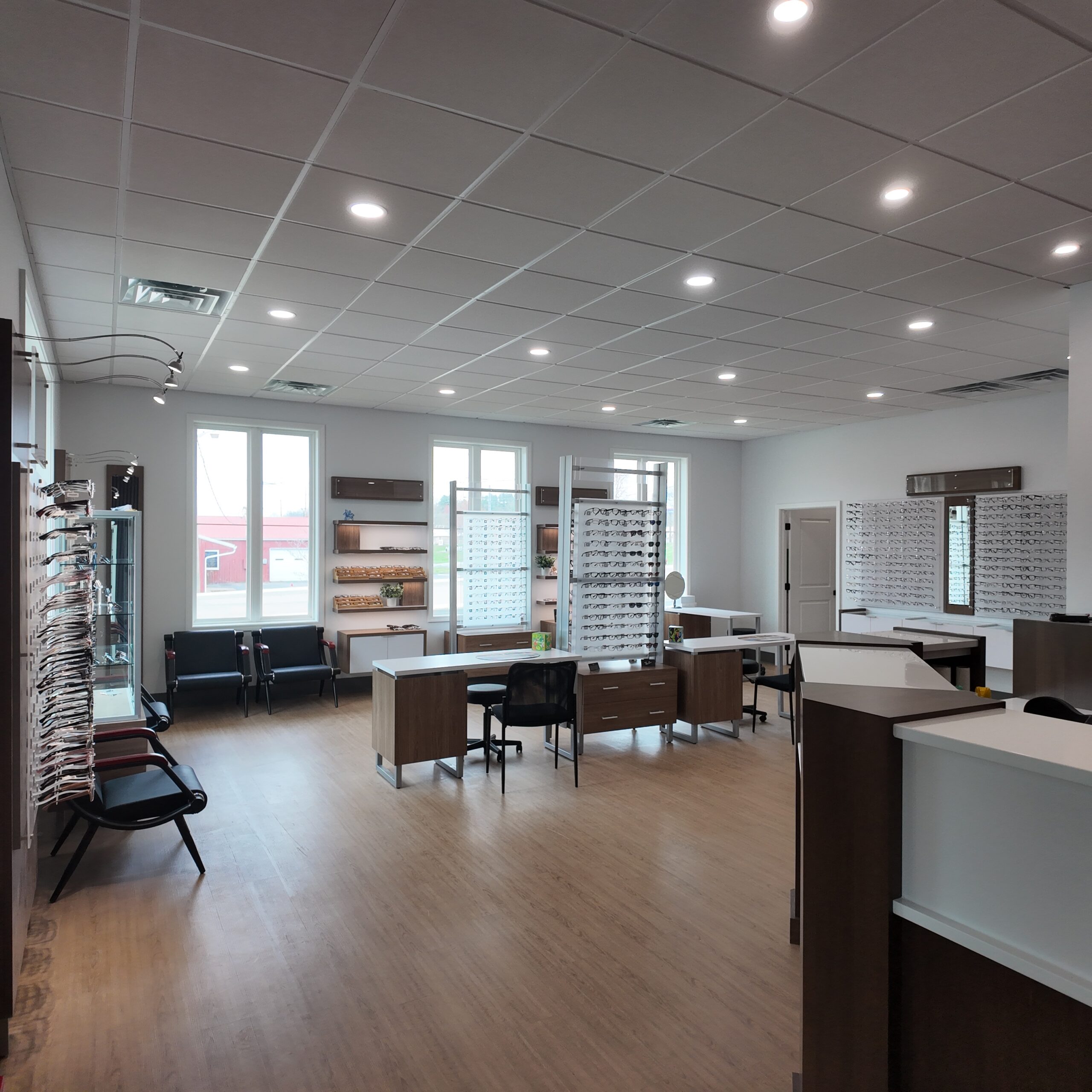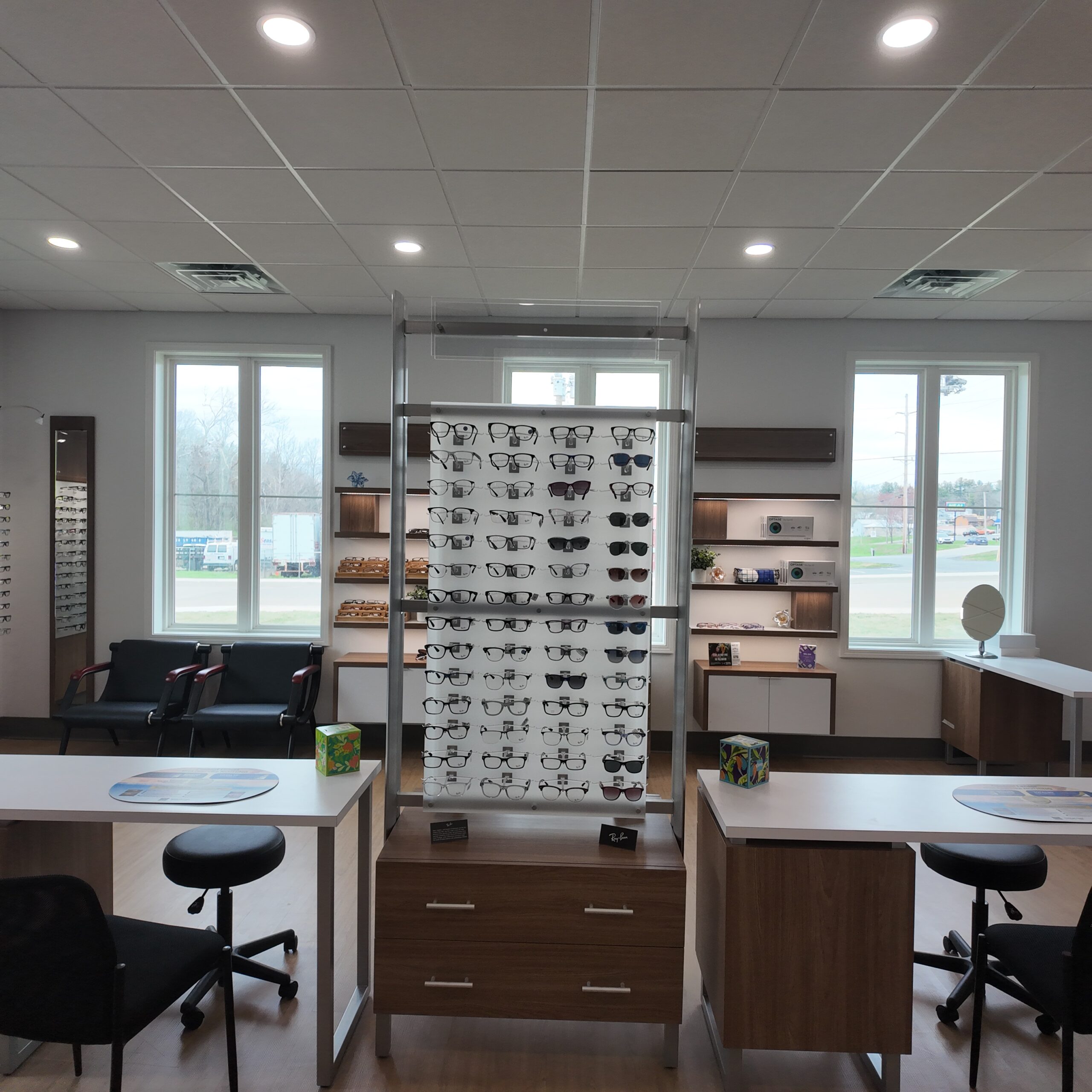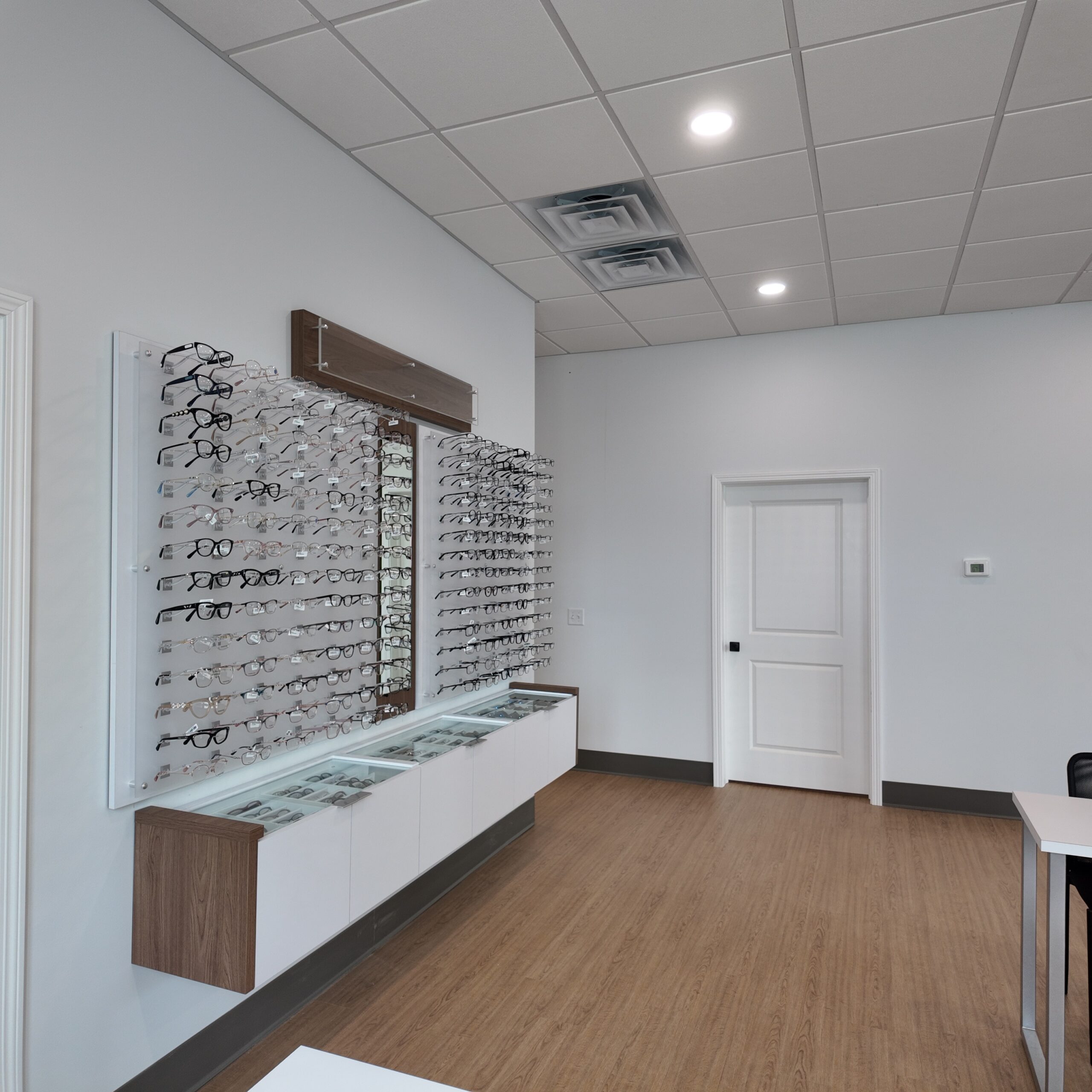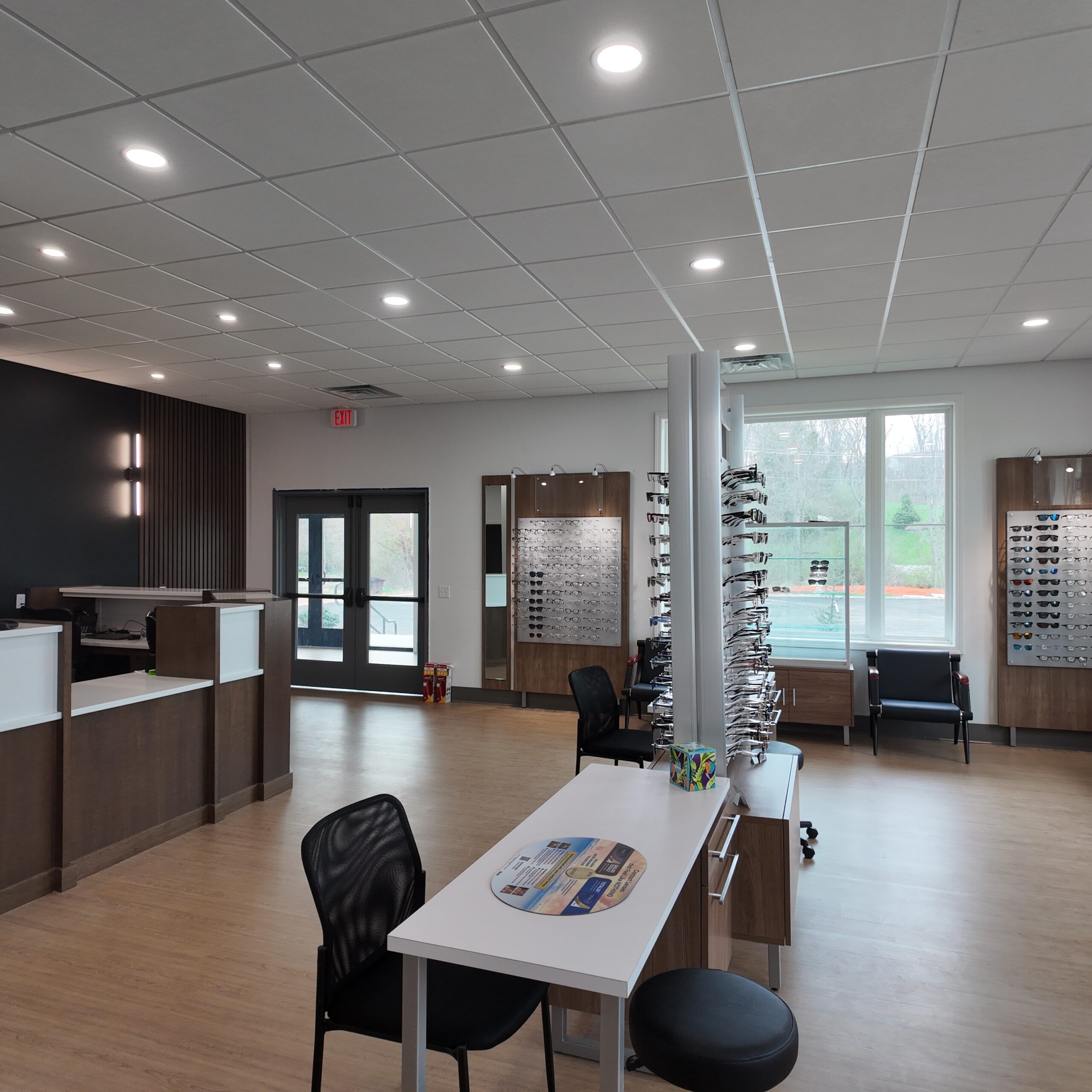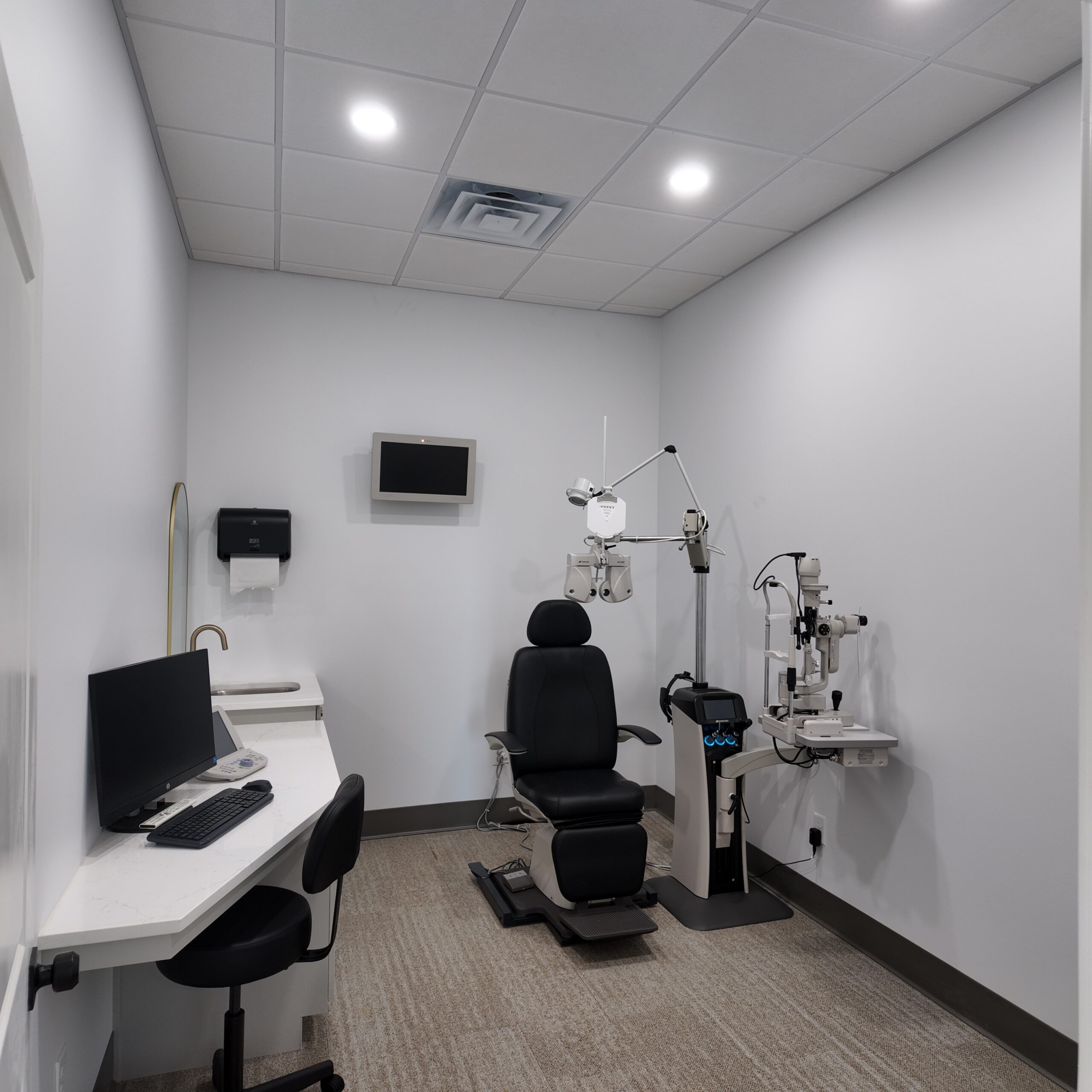For many of us, our eyes are a part of our health we rarely think about—that is, until something feels off. Discomfort, redness, or sudden blurry vision can catch us off guard, reminding us how vital healthy eyes are for our everyday lives. One common culprit behind these symptoms is dry eye, which can interfere with our vision and overall quality of life.
At Insights Optical, we’re passionate about keeping your eyes healthy and your vision clear. Below, we’ll explore the relationship between dry eyes and blurry vision, helping you better understand the condition and steps you can take to protect your eye health.
What Is Dry Eye Disease?
Dry eye disease is a condition where your eyes don’t produce enough quality tears to keep your eyes hydrated and comfortable. Tears play a critical role in maintaining your eye health by lubricating the surface of the eye and protecting it from irritation and infection.
Dry eye disease typically falls into two main categories:
- Evaporative dry eye: The most common form, caused by tears evaporating too quickly due to low tear quality.
- Aqueous deficiency dry eye: When the body doesn’t produce enough tears to adequately hydrate the eyes.
Both types result in an insufficient tear film, a thin protective coating on the eye’s surface. Without this layer, your eyes can feel gritty, irritated, or even experience redness.
Common Symptoms of Dry Eye Disease
- Gritty sensation or burning in the eyes
- Sensitivity to light
- Redness or irritation
- Blurred vision
- Watery eyes (an overcompensation for dryness)
Why Are You at Risk of Dry Eyes?
Dry eyes affect people of all ages, but some groups are more susceptible to the condition. Several factors can increase your risk, such as:
- Age: Seniors over 65 are more likely to experience dry eyes.
- Gender: Hormonal changes in women (due to pregnancy, menopause, or birth control) can heighten risk.
- Environment: Hot, windy, or dry climates can cause your tears to evaporate faster.
- Digital screen use: Staring at screens often reduces your blink rate, which can lead to dryness.
- Medications: Certain medications, such as antihistamines, decongestants, or antidepressants, can cause dryness.
- Autoimmune conditions: Disorders like Sjögren’s syndrome or rheumatoid arthritis often have dry eyes as a symptom.
Identifying what’s causing your dry eyes is key to finding the right treatment.
How Can Dry Eyes Cause Blurry Vision?

Blurry vision may seem like a strange side effect of dry eyes, but there’s a simple explanation. Tears help create a smooth, even surface on the cornea (the front layer of your eye). Without sufficient or high-quality tears, this surface becomes irregular, which distorts the way light enters your eye, resulting in blurry or fluctuating vision.
However, it’s worth noting that blurred vision isn’t always directly caused by dryness. Sometimes dry eyes and blurry vision are symptoms of a larger underlying condition. If treating your dry eyes doesn’t resolve this blurriness, it’s important to consult with your optometrist for further investigation.
Watery Eyes Might Mean Dry Eyes
Counterintuitively, some people with dry eye disease experience watery eyes. This happens when your eyes overcompensate by producing excessive reflex tears. Unfortunately, these tears are often of poor quality, evaporating quickly and failing to address the underlying problem.
Digital Eye Strain & Its Role in Dryness
If you spend hours on your computer, phone, or tablet daily, you might already be familiar with the discomfort of digital eye strain. When you focus on a screen for long periods, you tend to blink less often, which dries out the tear film.
Protect your eyes from digital dryness by following the 20-20-20 rule. Every 20 minutes, look at something 20 feet away for 20 seconds.
This simple technique encourages blinking and helps keep your eyes hydrated.
Contact Lenses & Dry Eyes
If you’re a contact lens wearer dealing with dryness, you’re not alone. Contacts need moisture to stay comfortable on your eyes. When your tear production decreases or your tears evaporate too quickly, wearing contacts can become uncomfortable, potentially leading to blurry vision.
Talk to your optometrist about lens options that are better suited to dry eyes, such as daily disposables or scleral lenses.
Tips to Relieve Dry Eyes
Living with dry eyes doesn’t have to mean discomfort and blurry vision. There are plenty of effective treatments available, depending on the root cause of your symptoms. Common remedies include:
- Artificial tears: Over-the-counter or prescription drops add moisture to your eyes.
- Warm compresses: Heat masks can help unblock the glands in your eyelids, improving tear quality.
- Lifestyle adjustments: Avoiding windy environments, using humidifiers, and taking screen breaks can make a big difference.
- Prescription eye drops: Medications designed to reduce inflammation and stimulate natural tear production.
- Advanced therapies: Treatments like IPL (intense pulsed light) or RF (radiofrequency) target the oil glands in your eyelids to stabilize your tears.
Whether your dry eyes are mild or more severe, an eye care professional can guide you toward the best solution for your needs.
Protect Your Vision with Insights Optical
Dry eyes may be common, but they don’t have to interfere with your life. At Insights Optical, we’re here to help you find relief and maintain clear, comfortable vision.
If you’re struggling with dry eyes or noticing blurred vision, book an appointment with our caring team today. Together, we can safeguard your eye health and help you enjoy the world in sharp, vibrant detail.

